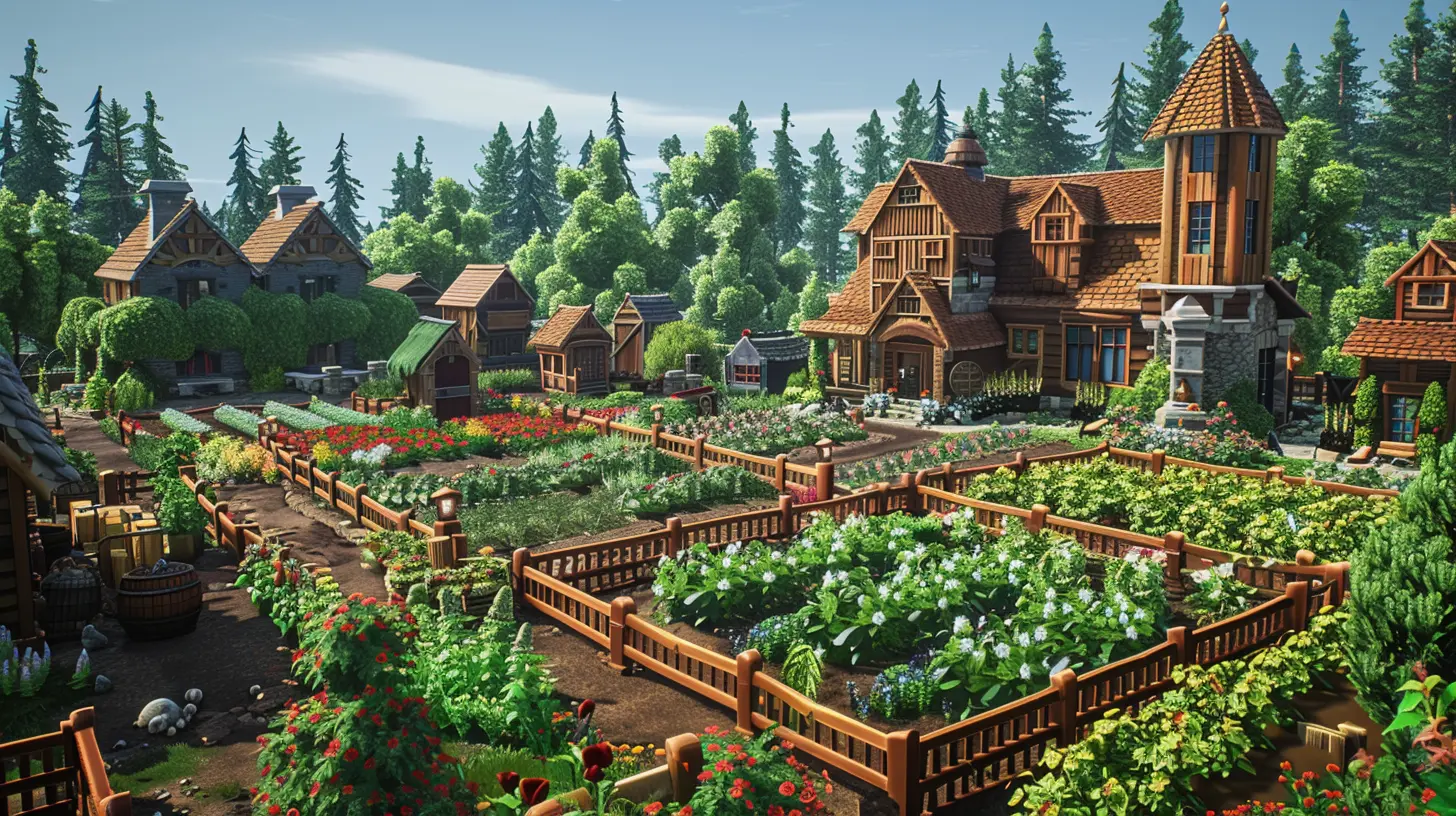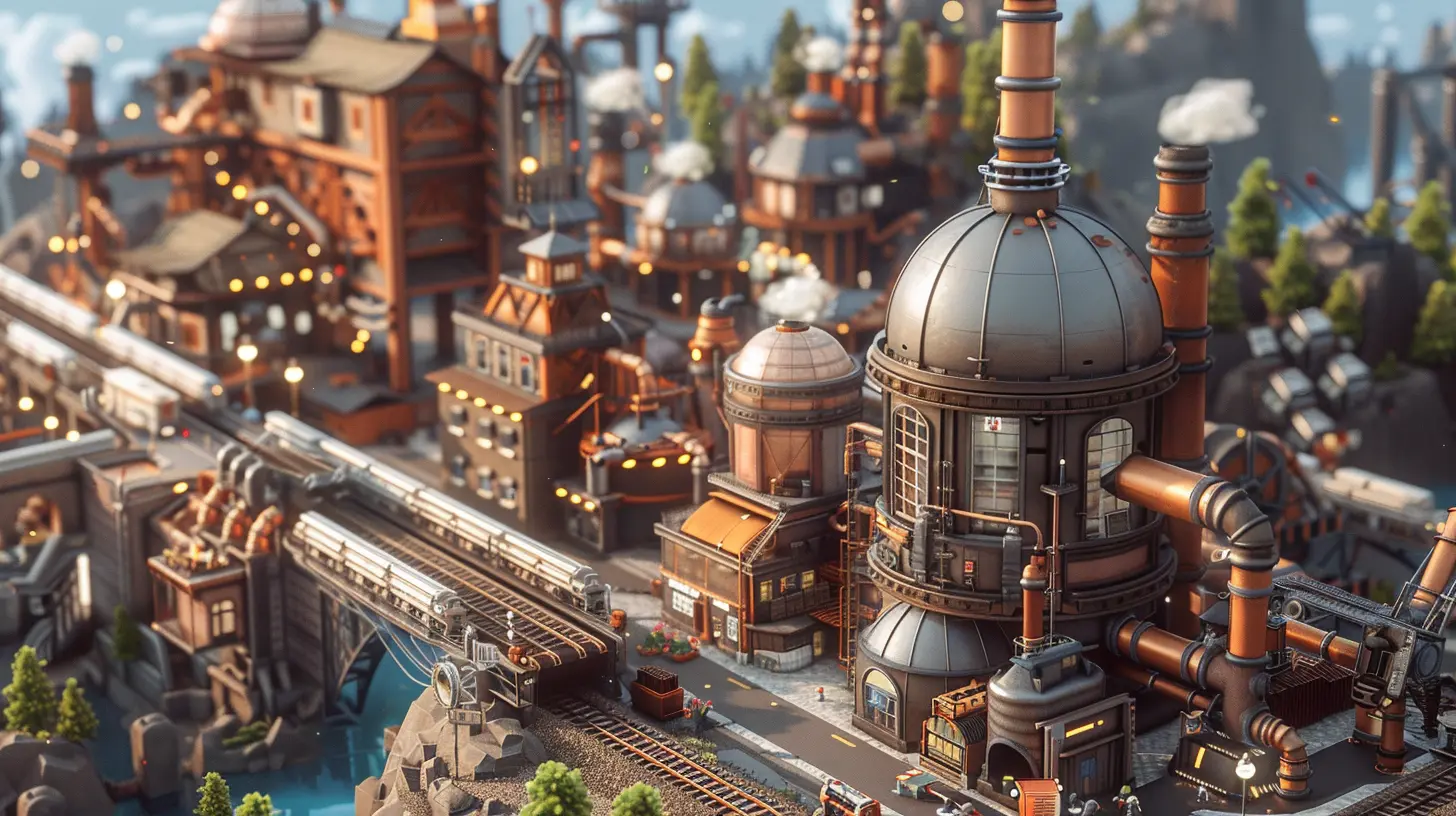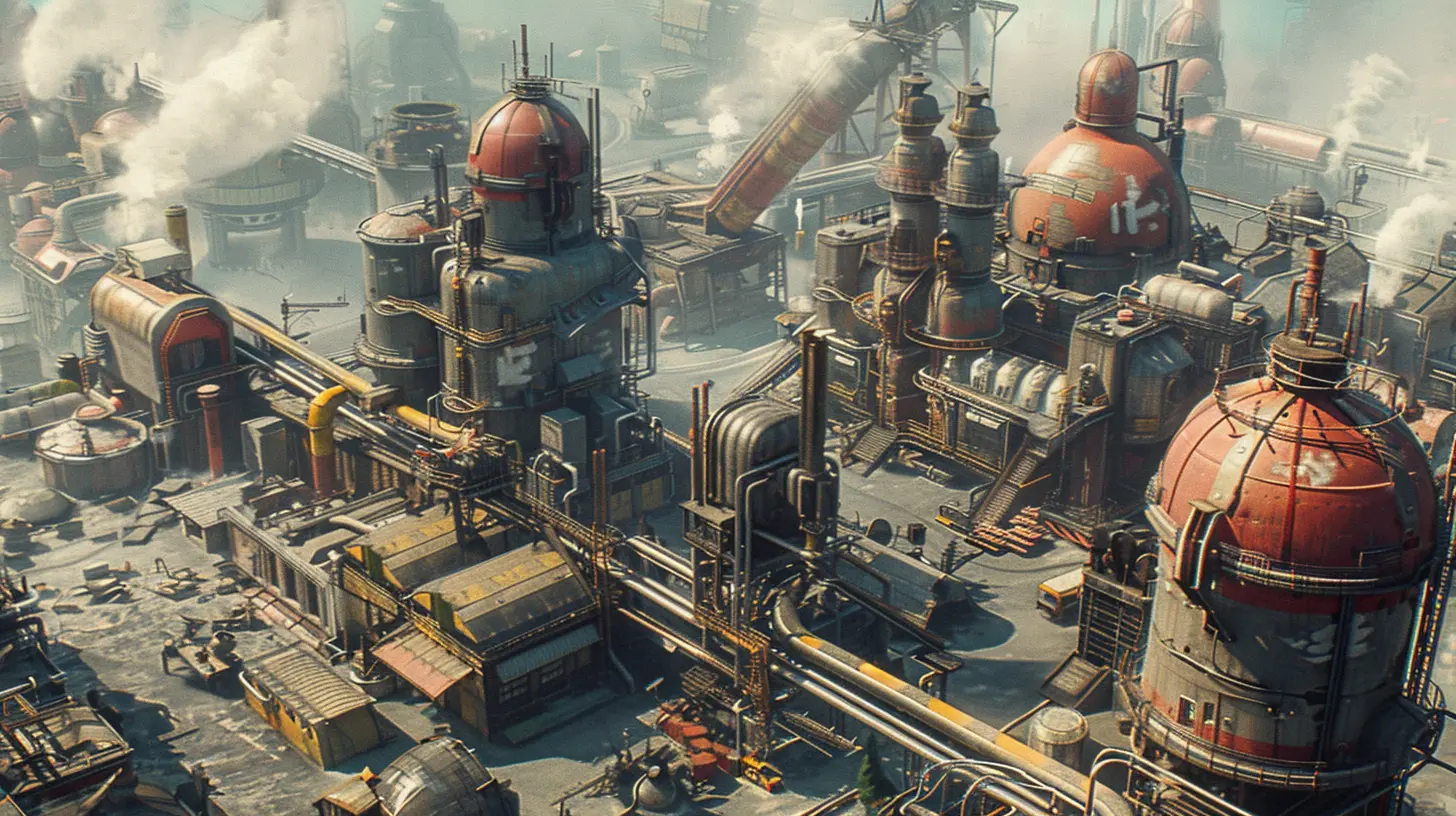Implementing Resource Management Systems in Sim Games
1 June 2025
Let’s be real—who doesn’t enjoy a good simulation game? Whether it’s building cities, running a farm, or managing a theme park, these games feed our inner control freaks and let us feel like miniature masterminds. At the heart of these games, though, there’s one thing that makes or breaks the experience: resource management systems. It’s the delicate dance of supply and demand, the sweet agony of budgeting resources, and the thrill of watching your little virtual empire thrive—or crumble—based on your decisions.
But how do developers implement these systems? And why are they so darn addictive? Sit back, grab your favorite energy drink (or a hot tea if you’re feeling classy), and let’s dive into the nuts and bolts of resource management systems in simulation games.
What Are Resource Management Systems in Sim Games?
Okay, first things first: what even are resource management systems? Think of them as the brainy middle child of game mechanics. They keep track of all the stuff—money, materials, food, energy, people, time, you name it—that players need to juggle. The goal? To balance production and consumption like a pro without tipping the scales too far in either direction.In simpler terms, resource management is the part of the game where you ask yourself, "Do I really need to spend all my gold on that shiny new castle turret... or should I save it to feed my starving villagers?" Decisions, decisions.
Why Are Resource Management Systems So Addictive?
Ever heard of the phrase “just one more turn”? That’s resource management working its dark magic. These systems tap into our problem-solving instincts—or, let’s be honest, our obsession with control.Here’s why they’re so hard to put down:
- Dopamine Hits: Every time you make the right call and see your resources grow, your brain serves up a tasty dollop of dopamine. It’s like winning the smallest lottery, over and over.
- Challenge and Reward: Managing resources isn’t easy. But when you finally figure out the perfect balance, the payoff is chef’s kiss. It’s like solving a puzzle, except the pieces are constantly moving and sometimes on fire.
- The Illusion of Control: Let’s face it—life is chaotic. But in sim games, you’re the boss. You get to make all the calls, and every win feels like validation that you’re totally crushing it.
Key Components of Resource Management Systems
So, how do developers actually build these systems? It’s not as easy as throwing a bunch of numbers on the screen and calling it a day. Resource management systems in sim games are carefully crafted, with a few key components working together like the gears in an old-timey clock. Let’s break it down.1. The Resources Themselves
The backbone of any system is, well, the resources. These can be tangible (wood, stone, food) or intangible (happiness, influence, time). The important thing is that they’re finite, which forces players to make tough choices. If you could just have infinite gold, it’d be like playing Monopoly without ever running out of fake money—aka, boring.2. Production and Consumption
Resources don’t just appear out of thin air. (Okay, unless you’re playing a game with cheats on. No judgment.) Players usually have to produce resources through buildings, workers, or natural processes. But here’s the kicker: whatever you produce is also going to get consumed. For example, you might grow food in a farming sim, but your villagers will eat it. Balancing production and consumption is the name of the game.3. Constraints and Trade-Offs
Ah, constraints. The metaphorical thorn in every player’s side. Developers use these to make sure players can’t just hoard resources indefinitely. For example, you might have a limited number of storage spaces, or your workers might demand higher wages the longer they work. Constraints force you to prioritize, which makes the game more dynamic and challenging.4. Feedback Loops
Ever notice how in games like Cities: Skylines or SimCity, one little problem can snowball into a full-blown disaster? That’s a feedback loop. If you don’t manage your water supply, for example, your citizens might get sick. If they’re sick, they can’t work. If they can’t work, your economy tanks. Feedback loops keep players on their toes and prevent them from getting too comfortable.
How Developers Build Resource Management Systems
Imagine being a game developer, trying to create a balance between fun and frustration. It’s like walking a tightrope—blindfolded, with a chainsaw in one hand and a pizza in the other. No big deal, right?Here’s a step-by-step look at how developers implement resource management systems in sim games:
1. Define Core Resources
Developers first decide which resources are essential to the game. For instance, in a city-building game, the basics might include money, materials (like timber or stone), and power. These resources are almost like the game’s DNA—they inform everything else.2. Create Dependencies
Once the core resources are set, developers figure out how they interact. For example, producing bricks might require both clay and workers. This creates a web of dependencies that players need to manage, adding depth and complexity to the game.3. Design Resource Flow
Resource flow is basically how resources move from one stage to another. For example:- Gathering: Cut down trees for wood.
- Processing: Use that wood to build houses.
- Maintenance: Repair those houses over time with—you guessed it—more wood.
Developers use resource flow to structure the player’s experience, creating a sense of progression and achievement.
4. Introduce Random Events
Life’s not predictable, and neither are sim games. Developers often spice things up with random events like natural disasters, plagues, or market crashes. These events force players to adapt and test their resource management skills under pressure. (Think of it as a pop quiz, but infinitely more fun.)5. Test, Test, Test
Balancing a resource management system is a monumental task. Developers spend countless hours testing to make sure the system feels fair but challenging. Too easy? Players get bored. Too hard? Players give up. It’s all about finding that sweet spot.Examples of Brilliant Resource Management in Games
Enough theory—let’s look at some real examples of games that nailed their resource management systems.1. Stardew Valley
Who knew farming could be so addictively satisfying? In Stardew Valley, you juggle crops, animals, mining, and fishing, all while managing your energy levels and keeping the townsfolk happy. It’s the perfect blend of chill vibes and strategic planning.2. Factorio
This game is resource management on steroids. In Factorio, you automate factories to gather and process resources, but you also have to protect your operations from alien attacks. It’s like playing chess while also building a Rube Goldberg machine.3. Banished
Banished takes resource management to a whole new level by making survival the primary goal. In this punishing city-building game, you have to manage food, housing, and health while dealing with brutal winters and dwindling supplies. Lose focus for even a second, and your village could turn into a ghost town.Tips for Players: Mastering Resource Management
Feeling inspired to crush your next sim game? Here are a few pro tips for conquering resource management systems:- Start Small: Don’t bite off more than you can chew. Focus on building a strong foundation before expanding.
- Plan Ahead: Always think a few steps ahead. If you’re cutting down trees, make sure you’re planting new ones to replace them.
- Balance is Key: Avoid overproducing or underproducing any resource. Too much of one thing and too little of another can spell disaster.
- Adapt to Change: Random events are inevitable. Stay flexible and adjust your strategy as needed.
Wrapping It Up
Resource management systems are the unsung heroes of simulation games. They challenge us, reward us, and keep us coming back for more. Whether you’re micromanaging a farm in Stardew Valley or building an industrial empire in Factorio, mastering these systems is what separates the casual players from the hardcore strategists. So the next time you’re pouring hours into your favorite sim game, take a moment to appreciate the complexity and craftsmanship that went into its resource management system. After all, it’s what keeps the wheels turning—and the fun flowing.all images in this post were generated using AI tools
Category:
Game MechanicsAuthor:

Leandro Banks
Discussion
rate this article
3 comments
Gabriella Kim
Great insights on resource management in simulation games! Effective systems can significantly enhance gameplay depth and player engagement. I appreciate how you highlighted the balance between challenge and accessibility—crucial for keeping players invested in the long run. Keep it up!
June 23, 2025 at 4:57 AM

Leandro Banks
Thank you for your kind words! I'm glad you found the insights valuable and agree on the importance of balance in engaging players. Your support means a lot!
Berenice Parker
Effective resource management is crucial in sim games; it enhances strategy, player engagement, and overall immersion in the gameplay experience.
June 14, 2025 at 2:31 AM

Leandro Banks
Thank you! I completely agree—effective resource management truly elevates the strategic depth and engagement in simulation games, making them more immersive and enjoyable for players.
Laila Larsen
Resource management can transform your sim game into a masterpiece! Embrace the challenge and creativity it brings. Mastering these systems not only enhances gameplay but also ignites passion and strategy in every player. Let’s innovate together!
June 8, 2025 at 3:02 PM

Leandro Banks
Thank you for your insightful comment! I completely agree—effective resource management is key to elevating sim games and fostering creativity and strategic thinking among players. Let’s keep pushing the boundaries together!



